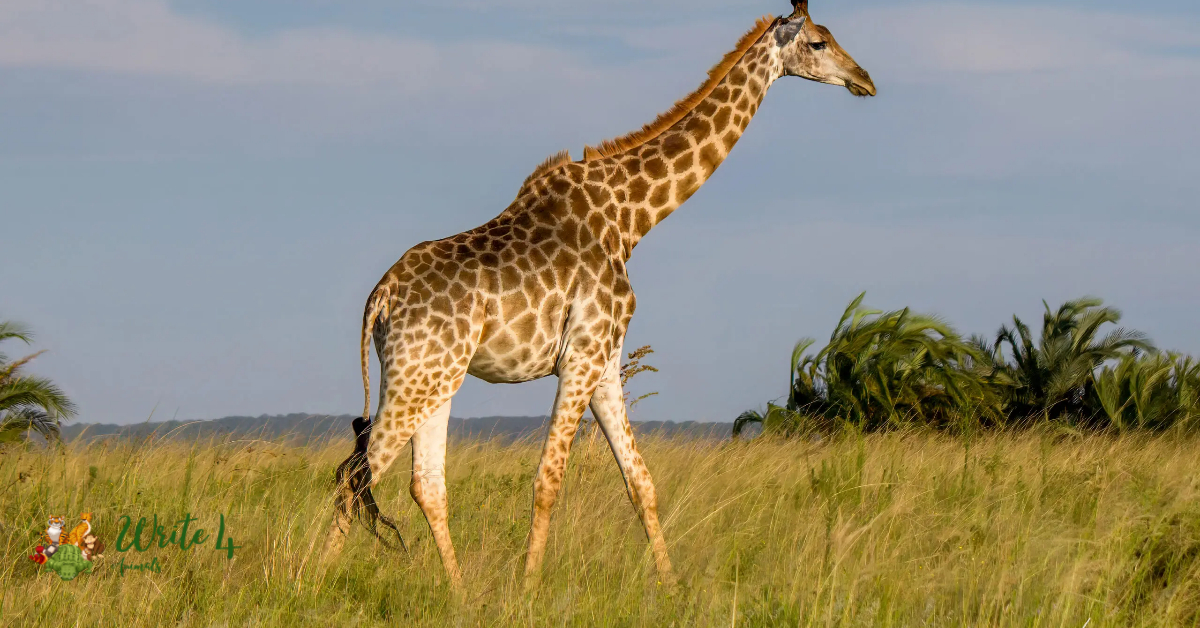In the vast tapestry of the animal kingdom, there exists a diverse array of shapes and sizes, each species uniquely adapted to its environment.
While we often marvel at the majestic strength of a lion or the graceful wingspan of an eagle, there’s another fascinating aspect that sometimes goes unnoticed – the world of skinny animals. From the small skinny animals to long Skinny Animals in the world we have covered everything in this blog post.
List of Skinny Animals in the world
15 Small Skinny Animals in the world
1. Slender Loris
The Slender Loris, native to the dense forests of South and Southeast Asia, is a mesmerizing creature known for its big, round eyes and slow, deliberate movements. With a slender, elongated body and limbs, the Slender Loris is perfectly adapted for a nocturnal lifestyle.
These small primates primarily feed on insects, fruits, and tree sap, using their exceptional grip to traverse the treetops with ease.
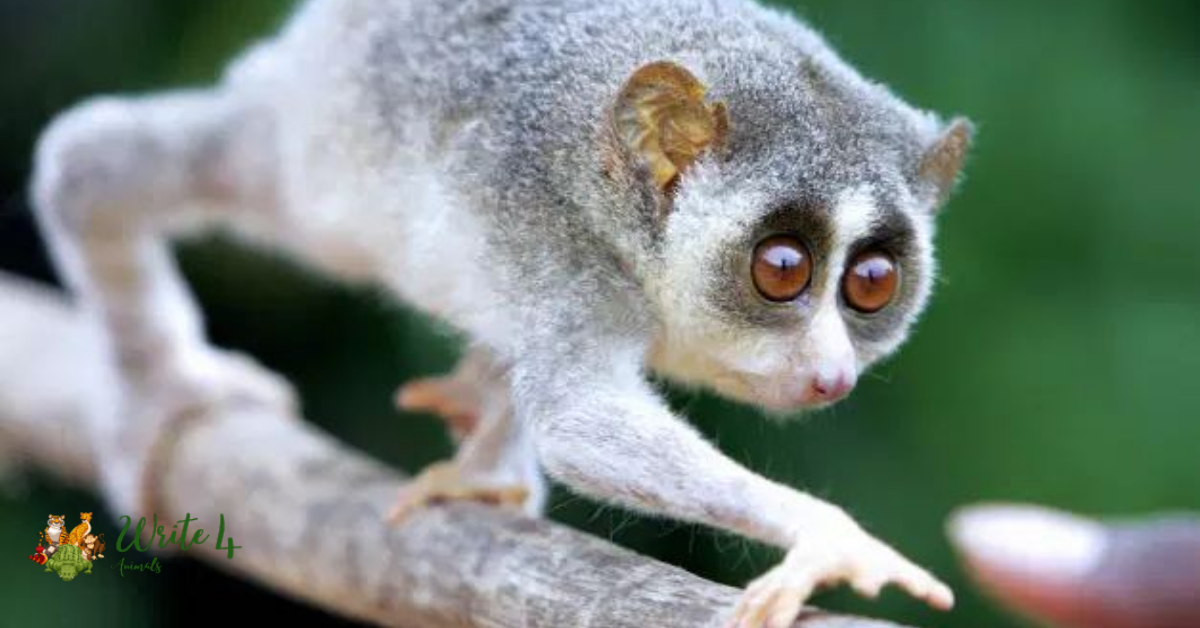
What sets the Slender Loris apart is its unique method of communication. Emitting soft, high-pitched calls, they engage in a form of ultrasonic communication that is beyond the range of human hearing. This nocturnal species’ large eyes are adapted for low light conditions, aiding in its exceptional night vision.
Unfortunately, the Slender Loris faces numerous threats, including habitat loss and poaching. Conservation efforts are crucial to preserving these captivating creatures and ensuring the delicate balance of their ecosystems.
2. Jerboa
The Jerboa, a small rodent native to the arid regions of Asia and Northern Africa, is a master of adaptation to desert life. With its long hind legs and distinctive long tail, the Jerboa has evolved for swift, kangaroo-like jumps to escape predators and cover vast distances in search of food.
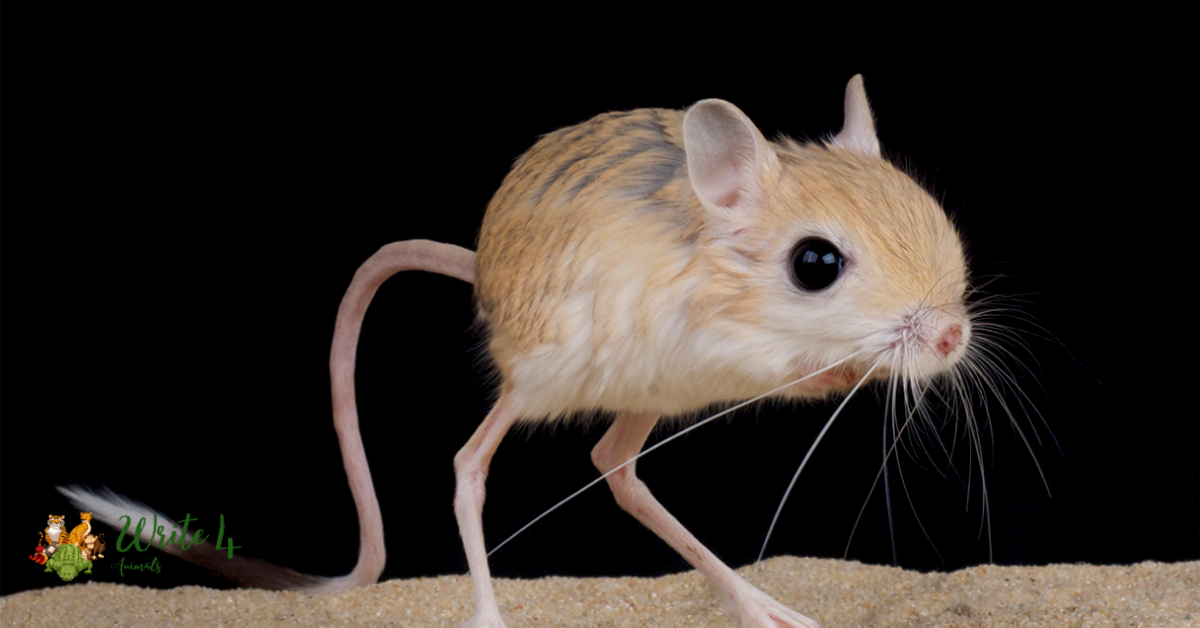
Living in burrows to escape the scorching daytime heat, Jerboas are primarily herbivores, consuming seeds and vegetation. Their large ears serve a dual purpose: not only do they help regulate body temperature, but they also enhance their exceptional hearing, allowing them to detect predators from afar.
Despite their remarkable adaptations, Jerboas face challenges due to habitat destruction and climate change. Understanding their unique characteristics is crucial for developing effective conservation strategies.
3. Fennec Fox
The Fennec Fox, native to the Sahara Desert, is an enchanting small mammal renowned for its distinctive oversized ears. These ears serve a crucial purpose, aiding in dissipating heat and detecting prey beneath the desert sand.

Feeding on a diet of insects, small mammals, and plant matter, the Fennec Fox has evolved to thrive in the harsh desert environment. Its fur coat not only provides insulation against temperature extremes but also aids in camouflage.
Despite their adaptability, Fennec Fox populations are under pressure due to habitat loss and the exotic pet trade. Conservation initiatives are essential to ensure the survival of this charming desert dweller.
4. Etruscan Shrew
The Etruscan Shrew, known as the world’s smallest mammal by mass, is a diminutive marvel found in parts of Europe, Asia, and North Africa. Weighing merely a few grams, this shrew exhibits an accelerated metabolism, requiring it to consume up to twice its body weight in food each day. Its insectivorous diet consists of small insects, spiders, and larvae.
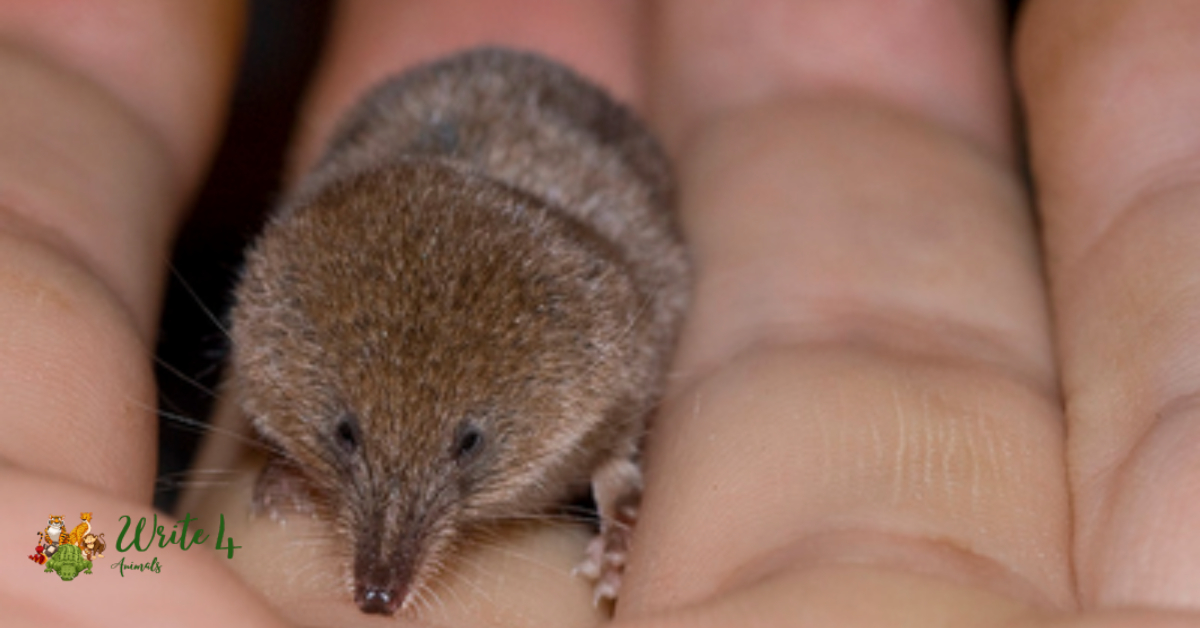
Despite its size, the Etruscan Shrew is a voracious hunter, relying on its keen sense of smell and rapid movements to capture prey. Its heart beats at an astonishing rate, contributing to its high metabolism and energetic lifestyle.
As with many small mammals, the Etruscan Shrew faces threats related to habitat loss and climate change. Studying these tiny creatures provides valuable insights into the intricacies of ecological balance and the delicate interdependence of species.
5. Dik-dik
The Dik-dik, a petite antelope species native to the savannas and woodlands of Eastern and Southern Africa, is renowned for its dainty size and distinctive preorbital glands. These tiny antelopes, named after the ‘dik-dik’ sound they make when alarmed, are adapted to a life of perpetual alertness in the face of numerous predators.
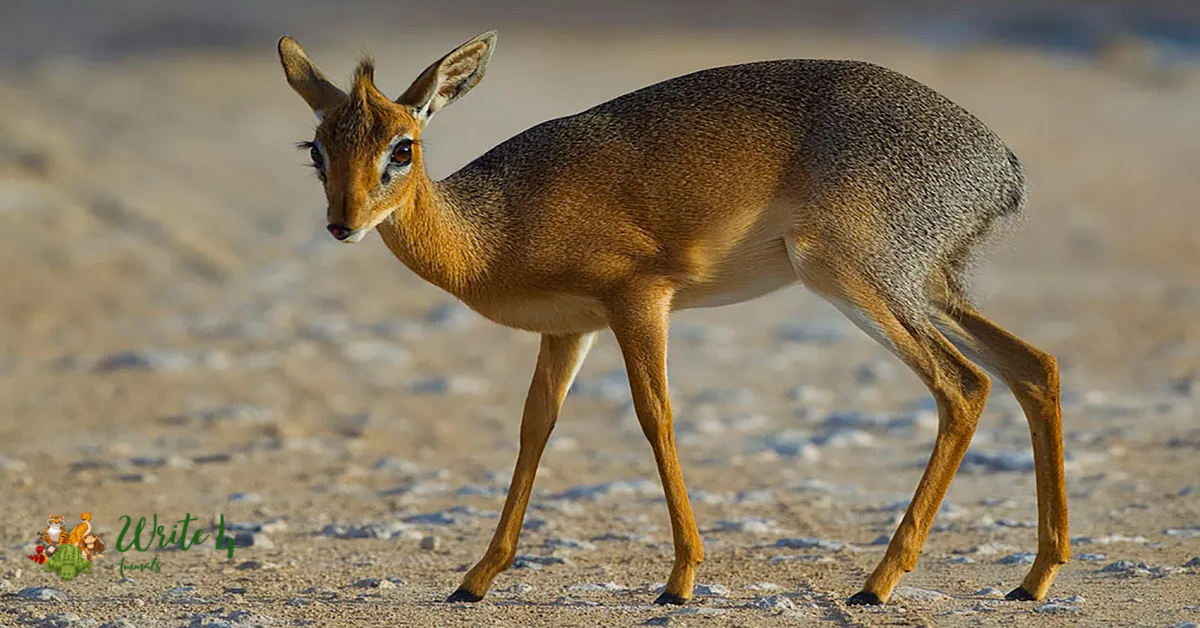
With slender legs and a compact frame, the Dik-dik is built for agility, capable of swift and evasive maneuvers. Unlike larger antelopes, they rely on their acute senses of sight, smell, and hearing to detect potential threats.
Human activities, including habitat fragmentation and hunting, pose significant challenges to Dik-dik populations. Conservation efforts are crucial to preserving the delicate balance of these charming antelopes in their natural habitats.
6. Meerkat
The Meerkat, a small mongoose species native to the deserts and grasslands of Southern Africa, is a social and highly cooperative animal known for its distinctive upright posture and keen observational skills. Living in close-knit family groups called mobs, Meerkats work together to forage for insects, small vertebrates, and plant matter.
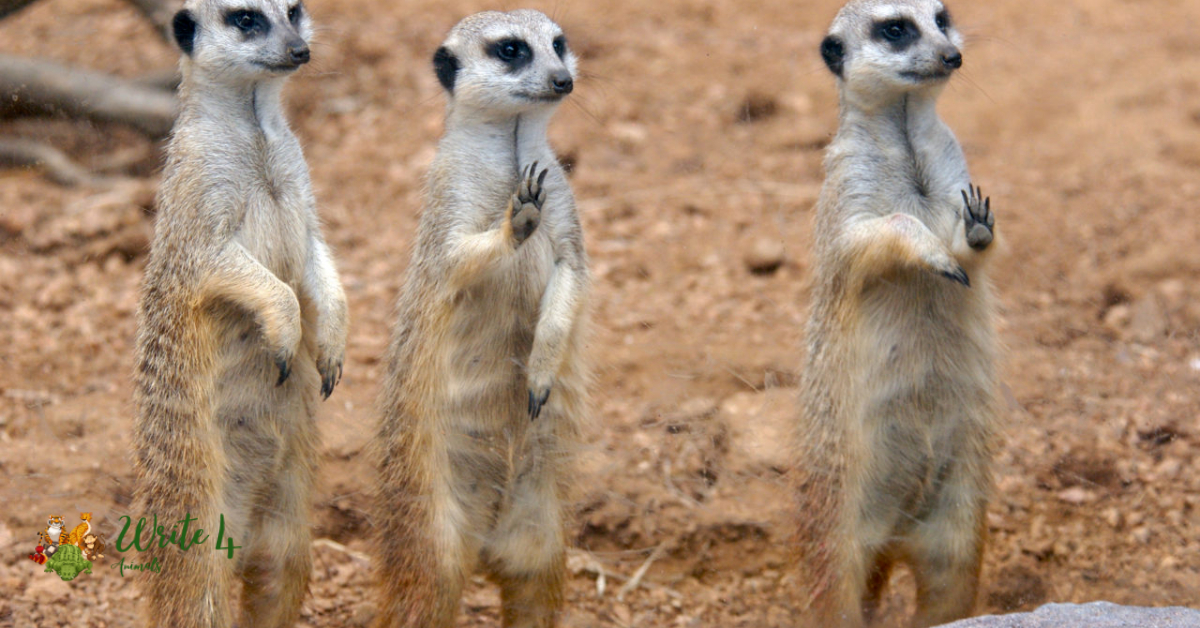
Possessing keen eyesight and excellent digging abilities, Meerkats take turns acting as sentinels, keeping a lookout for predators while the others go about their activities. This cooperative behavior is essential for their survival in the challenging African landscape.
Meerkats have gained popularity through documentaries and media, showcasing their complex social structures and intriguing behaviors. Conservation efforts are crucial to protect their habitats and ensure the continued survival of these charismatic small mammals.
7. Springhare
The Springhare, a unique and lesser-known rodent, calls the arid regions of South Africa home. Despite its name, the Springhare is not a hare at all but rather a rodent that has evolved to resemble a hare in its appearance and behavior.
Its long hind legs and powerful hind feet allow it to execute impressive, kangaroo-like leaps across the African plains.
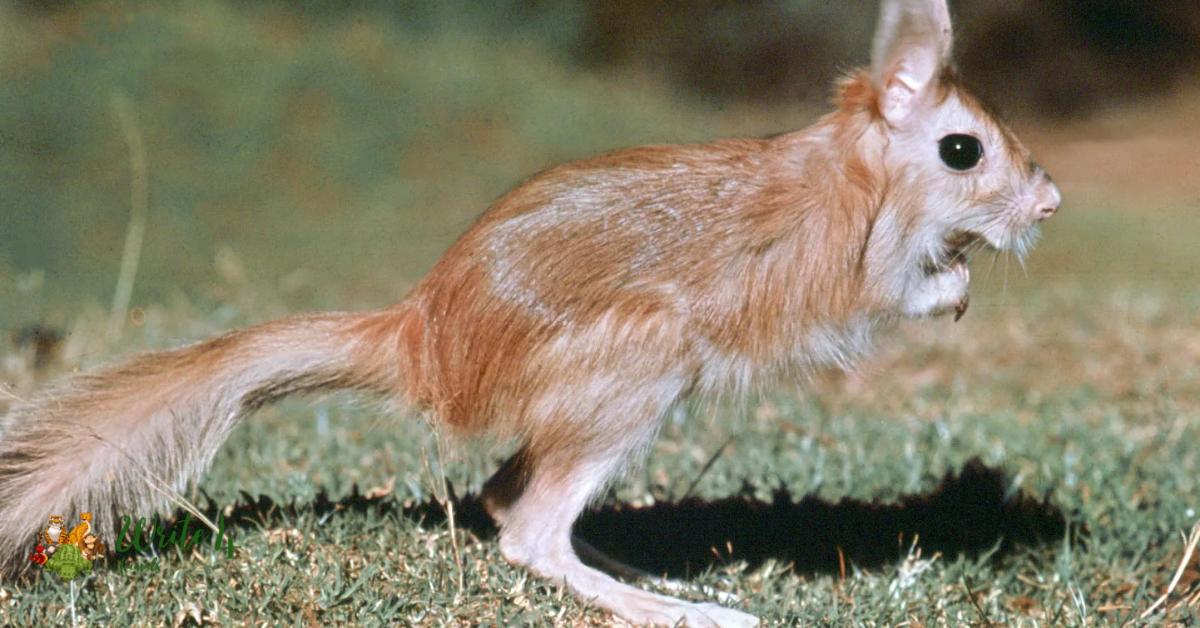
Primarily nocturnal, the Springhare feeds on a diet of grasses, herbs, and occasionally insects. Its large ears aid in detecting predators, while its well-developed hind limbs are crucial for its characteristic jumping behavior.
The Springhare faces challenges due to habitat loss and agricultural expansion. Understanding its ecological role and unique adaptations is essential for implementing effective conservation strategies.
8. Stoat (Short-tailed Weasel)
The Stoat, also known as the Short-tailed Weasel, is a small carnivorous mammal found in various habitats across North America, Europe, and Asia. With its sleek body, sharp claws, and a distinctive white winter coat, the Stoat is a masterful predator capable of hunting animals larger than itself.
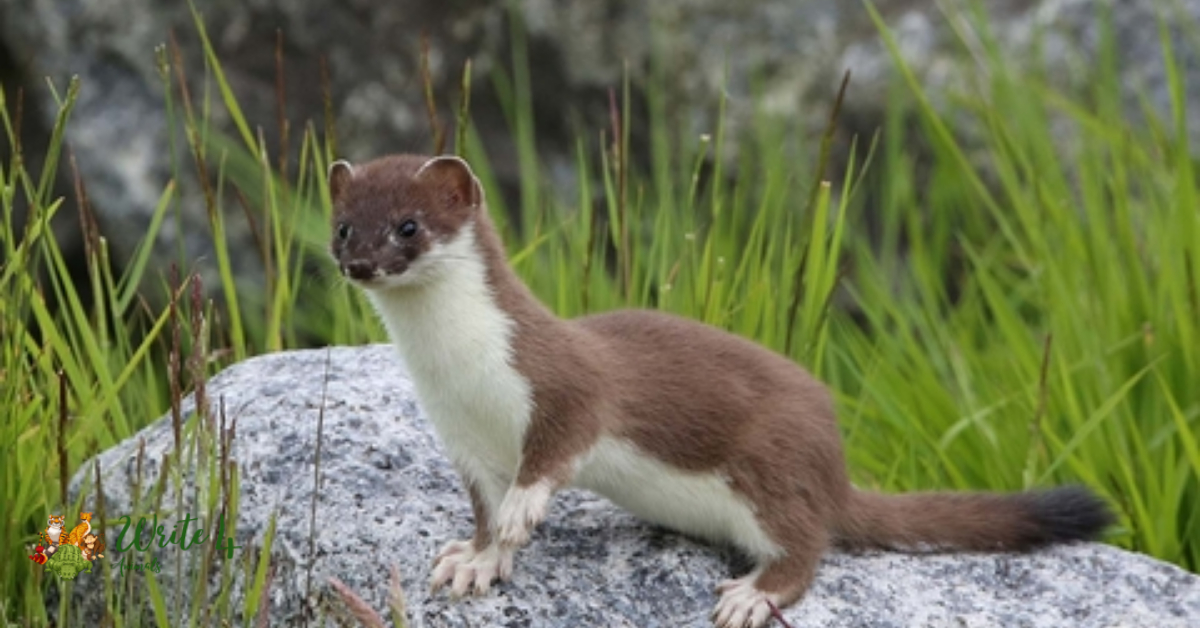
Adaptable and opportunistic, Stoats have a varied diet that includes small mammals, birds, and eggs. Their keen hunting instincts and agility make them effective hunters, and they are known for their ability to take down prey much larger than themselves.
While Stoats play a vital role in controlling small rodent populations, their introduction to new ecosystems, often for pest control purposes, has led to ecological imbalances. Understanding their ecological role is crucial for maintaining biodiversity and managing their impact on local fauna.
9. Naked Mole Rat
The Naked Mole Rat, a fascinating rodent native to East Africa, stands out for its unusual appearance and remarkable social structure. Living in underground colonies reminiscent of social insects, Naked Mole Rats have a eusocial structure with a queen, workers, and soldiers.

These unique rodents are adapted to a subterranean lifestyle, with a lack of fur and small eyes, as they spend the majority of their lives in dark tunnels. Remarkably, Naked Mole Rats are resistant to cancer, and their longevity exceeds that of other rodents.
Studying Naked Mole Rats offers valuable insights into social behavior, longevity, and cancer resistance. While not conventionally attractive, these rodents are captivating subjects for scientific research, shedding light on the mysteries of both biology and evolution.
10. Aardvark
The Aardvark, a nocturnal mammal native to sub-Saharan Africa, is a truly unique creature often recognized by its long snout and large rabbit-like ears. Despite its somewhat awkward appearance, the Aardvark is a skilled digger, using its powerful claws to excavate burrows where it spends the daylight hours in seclusion.
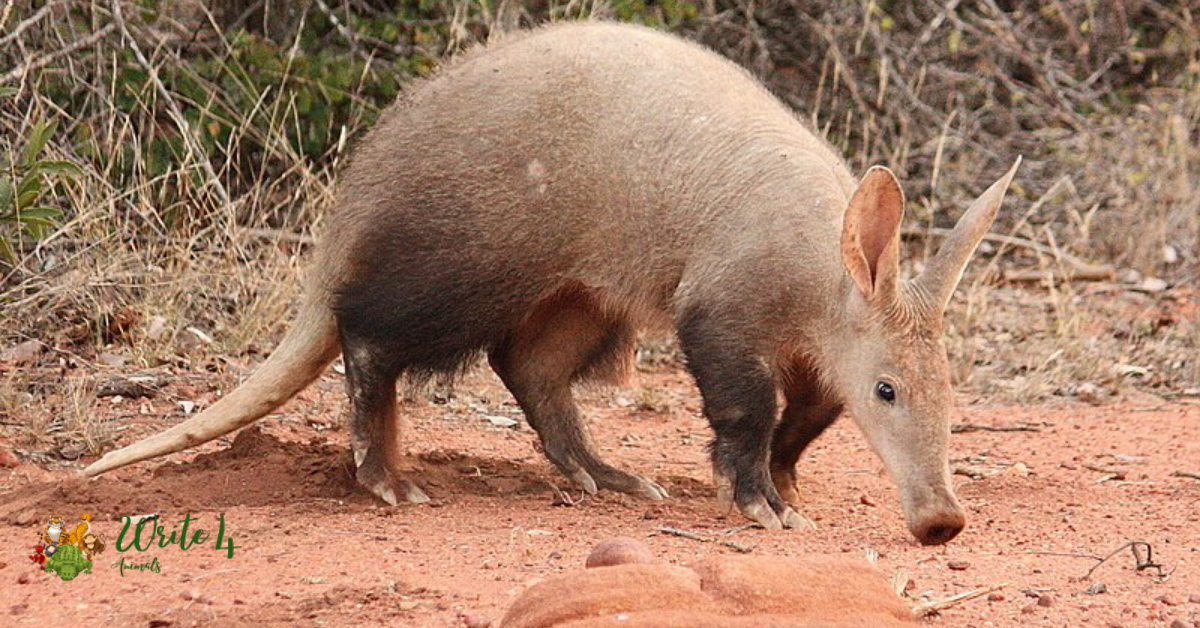
Primarily an insectivore, the Aardvark’s diet consists mainly of ants and termites. Its long, sticky tongue, which can extend up to 30 centimeters, is instrumental in extracting its prey from mounds and tunnels.
Aardvarks play a vital role in maintaining ecological balance by controlling termite populations, yet they face threats such as habitat loss and human-wildlife conflict. Understanding and conserving these fascinating creatures are essential for the health of their ecosystems.
11. Pangolin
The Pangolin, often referred to as the “scaly anteater,” is an extraordinary creature native to Africa and Asia. Covered in protective scales made of keratin, the same substance as human fingernails, Pangolins are the only mammals with this distinctive armor.
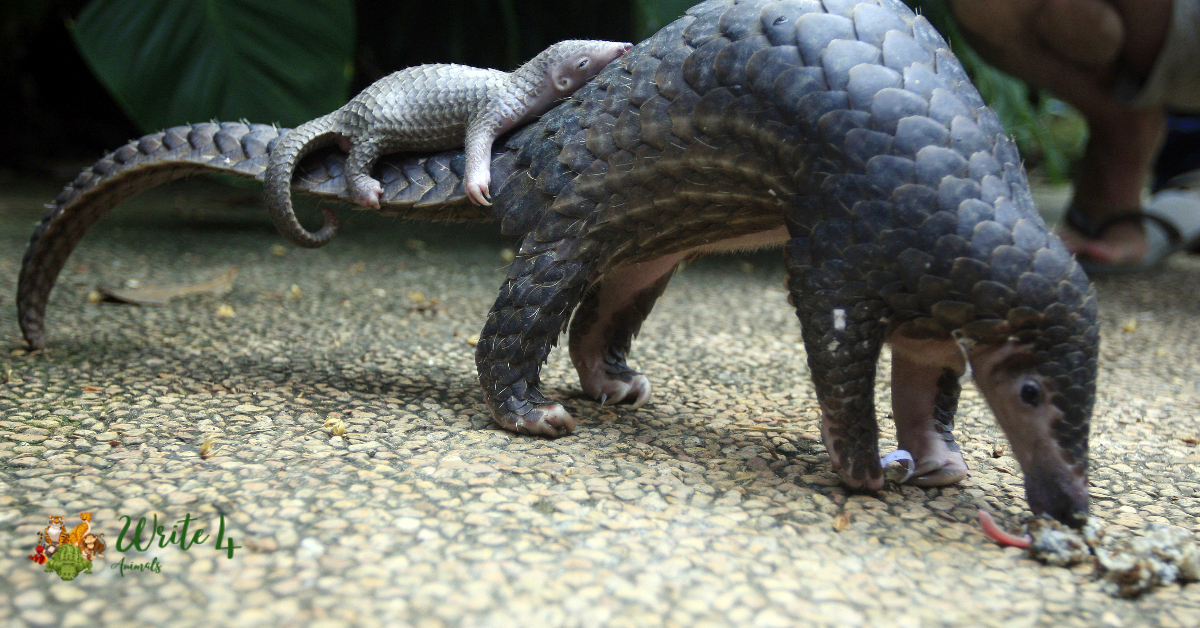
Primarily nocturnal, Pangolins feed on ants and termites, using their long, sticky tongues to extract insects from nests. Unfortunately, these unique creatures are among the most trafficked mammals in the world due to the high demand for their scales in traditional medicine and their meat as a delicacy.
Conservation efforts are critical to saving Pangolins from the brink of extinction. Their remarkable appearance and behavior make them an essential focus for wildlife protection initiatives.
12. Praying Mantis
The Praying Mantis is an intriguing and predatory insect known for its distinctive appearance and fascinating hunting behavior. With their elongated bodies, large compound eyes, and spiky forelimbs adapted for grasping prey, mantises have become symbols of patience and stealth in the insect world.
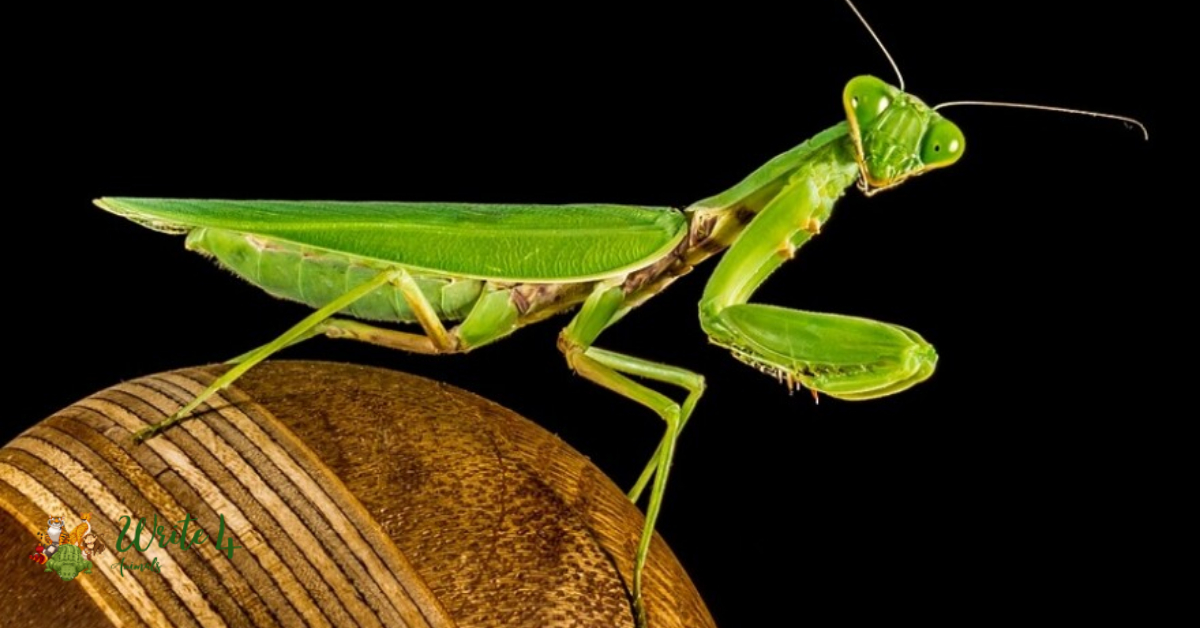
Named for their prayer-like posture when at rest, Praying Mantises are skilled hunters that lie in wait for unsuspecting insects to approach. With lightning-fast strikes, they capture and consume a variety of prey, including other insects and, occasionally, small vertebrates.
Praying Mantises have a remarkable ability to rotate their heads nearly 180 degrees, giving them excellent vision and the ability to track prey efficiently. Beyond their predatory prowess, mantises play a valuable role in natural pest control by helping to keep insect populations in check.
Despite their intriguing characteristics, mantises face threats from habitat destruction and the use of pesticides. Appreciating their role in ecosystems and promoting environmentally friendly pest control methods are crucial for the conservation of these fascinating insects.
13. Secretary Bird
The Secretary Bird (Sagittarius serpentarius) is a large, striking bird of prey found in the open grasslands and savannas of sub-Saharan Africa. This unique bird gets its name from its distinctive crest of long feathers that resemble quill pens tucked behind the ears, reminiscent of 19th-century secretaries.
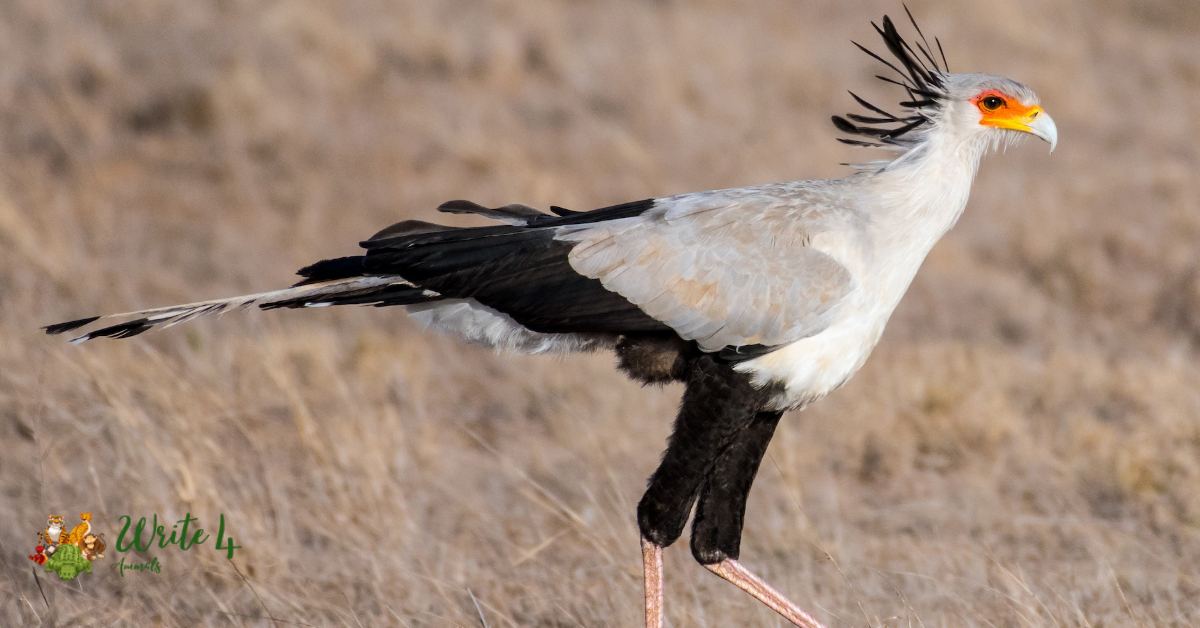
Standing at an impressive height of around 4.5 feet, the Secretary Bird is known for its exceptional terrestrial hunting abilities. Unlike other birds of prey that rely on flight, the Secretary Bird is adept at hunting on the ground, using its long legs and powerful kicks to dispatch prey, which primarily consists of insects, small mammals, and reptiles.
Despite their unique appearance and remarkable hunting techniques, Secretary Birds face threats from habitat loss and changing land-use patterns. Conservation efforts are vital to preserve their natural habitats and ensure the survival of this charismatic and specialized bird species.
14. Numbat
The Numbat, often referred to as the banded anteater, is a small marsupial native to Western Australia. Known for its distinctive reddish-brown coat and white stripes, the Numbat is one of the few diurnal (active during the day) marsupials.
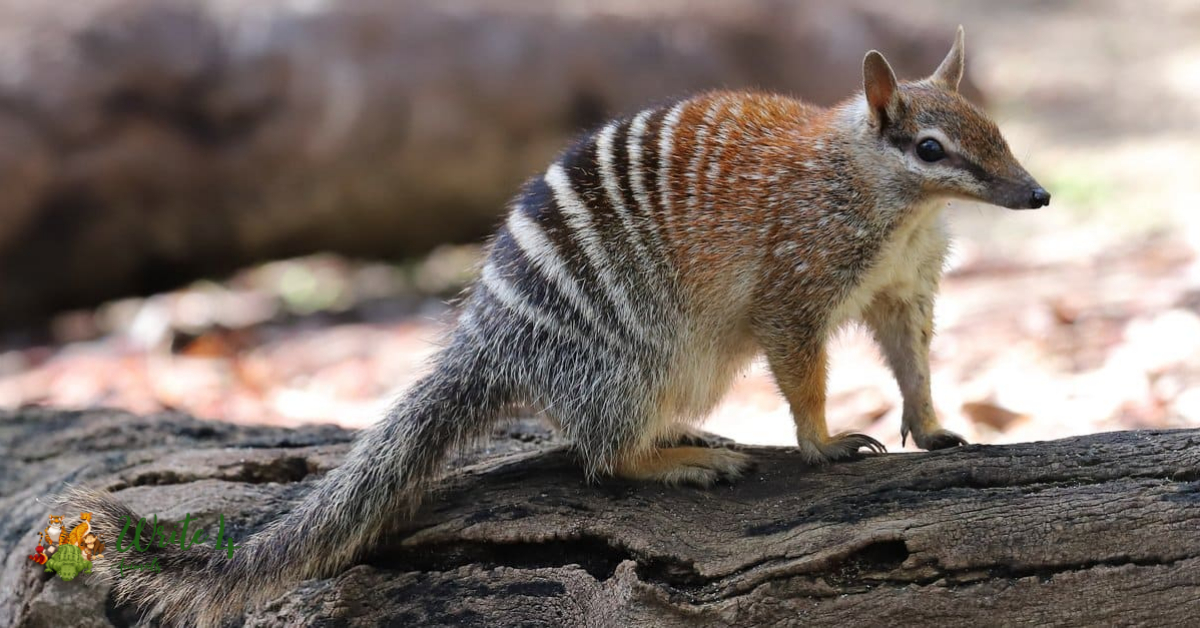
Numbats primarily feed on termites, using their long, sticky tongue to capture the insects from logs and soil. Unfortunately, these unique creatures are endangered, facing threats from habitat loss and predation by introduced species such as foxes and cats.
Conservation initiatives, including habitat protection and predator control programs, are crucial to saving the Numbat from extinction. Efforts are being made to raise awareness and establish protected areas to ensure the survival of this remarkable marsupial.
15. Aye-aye
The Aye-aye, a nocturnal primate native to Madagascar, is one of the most peculiar and distinctive members of the lemur family. Known for its large eyes, bushy tail, and elongated, bony middle finger, the Aye-aye has a unique set of adaptations for its specialized diet and foraging behavior.
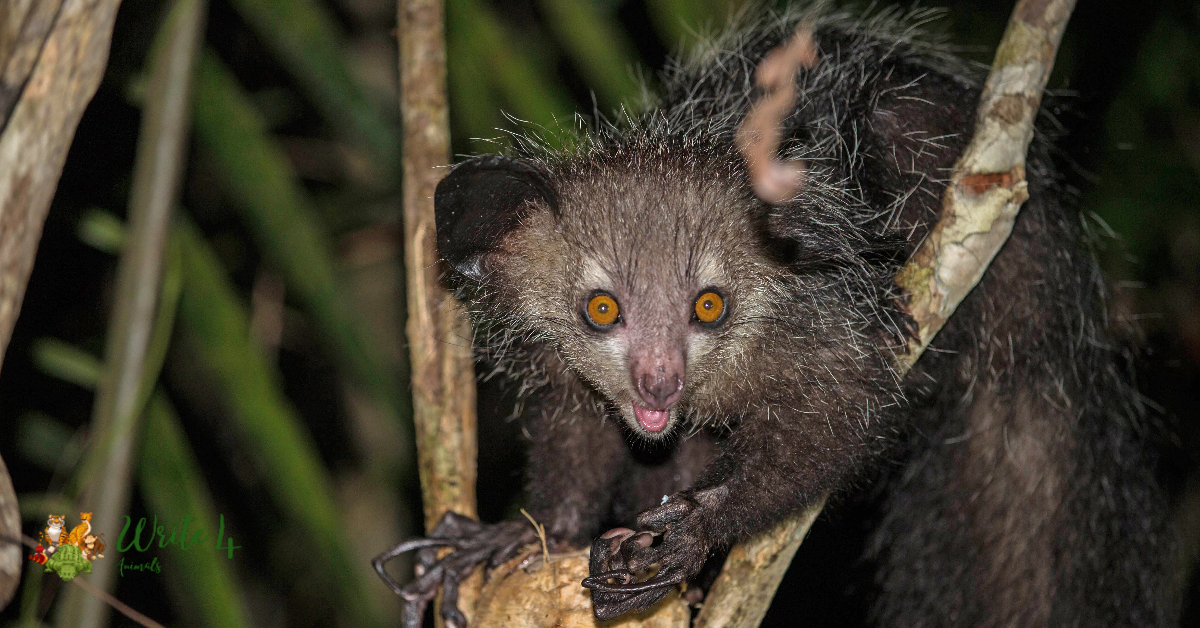
Aye-ayes primarily feed on insects and larvae, using their specialized middle finger to tap on tree bark and listening for hollow sounds. Once they detect movement, they use their long finger to extract insects. Despite their fascinating adaptations, Aye-ayes face challenges due to habitat destruction and superstitions in local folklore.
Conservation efforts aim to protect the unique ecosystems of Madagascar and raise awareness about the importance of preserving the Aye-aye and other endangered species on the island.
15 long Skinny Animals in the world
1. African Wild Dog
The African Wild Dog, scientifically known as Lycaon pictus, is a highly social and cooperative carnivore native to sub-Saharan Africa. Also referred to as the “painted wolf” due to its unique coat patterns, these dogs exhibit a tight-knit pack structure. Their intricate mottled fur not only serves as a distinctive feature but also aids in camouflage during hunts.
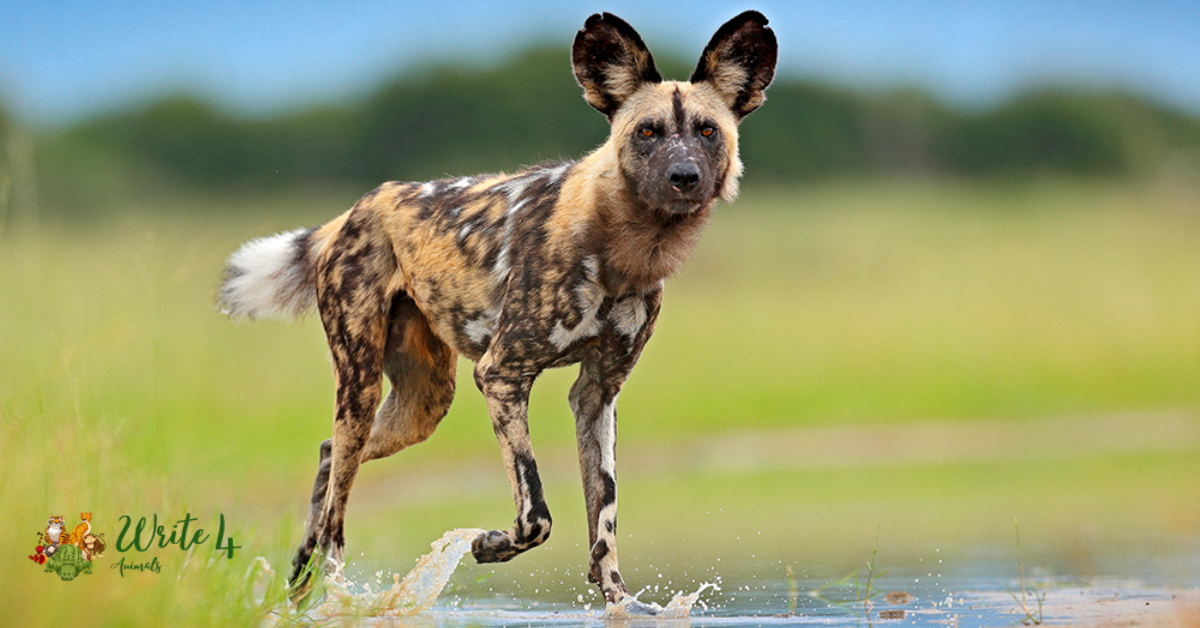
African Wild Dogs are exceptional hunters, relying on coordinated group efforts to pursue and take down prey. With a success rate of over 80% in hunts, they primarily target medium-sized ungulates. Unfortunately, these charismatic canids face significant threats such as habitat loss, diseases, and human-wildlife conflict, resulting in a decline in their population.
Conservation efforts are crucial to protect these endangered species, involving habitat preservation and community education to mitigate conflicts. The African Wild Dog represents the importance of preserving ecosystems and the delicate balance of predator-prey relationships in the wild.
2. Cheetah
The Cheetah (Acinonyx jubatus), renowned for its incredible speed and sleek design, is the fastest land animal, capable of reaching speeds up to 75 miles per hour in short bursts. This magnificent big cat, with its distinctive tear marks on the face, is found primarily in sub-Saharan Africa and parts of Iran.
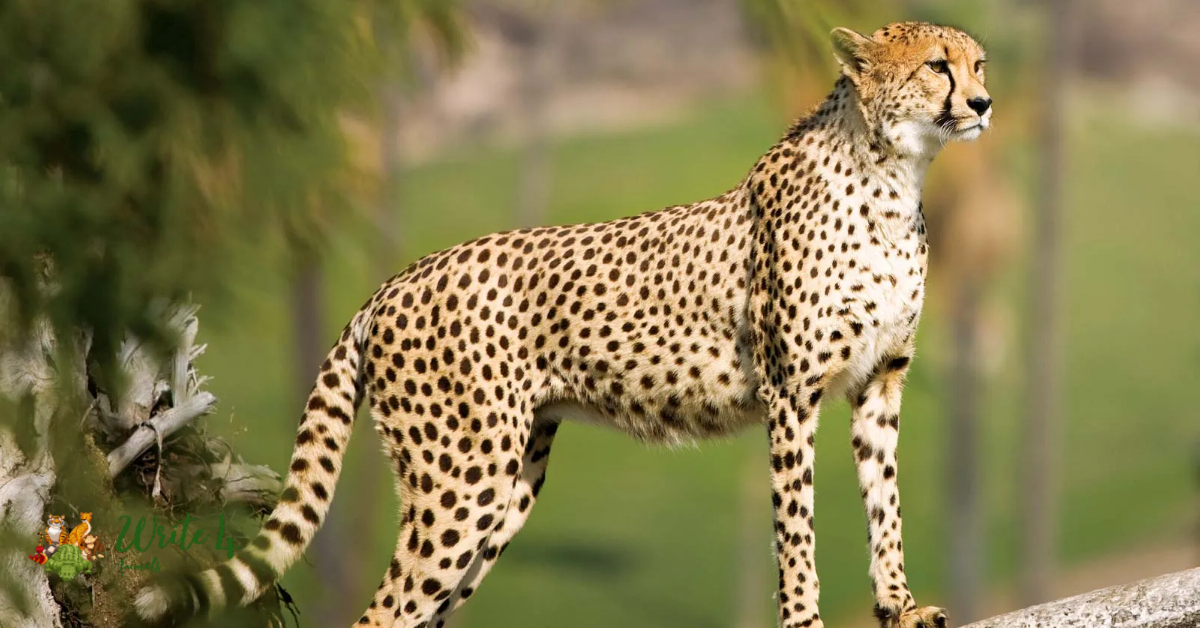
Adapted for speed, cheetahs have a lightweight build, a flexible spine, and large nasal passages for increased oxygen intake during rapid chases. Despite their exceptional athleticism, cheetahs face various challenges, including habitat loss, human-wildlife conflict, and a limited genetic pool, leading to vulnerability in the face of diseases.
Conservation efforts focus on addressing these threats and promoting coexistence between cheetahs and local communities. The cheetah’s role as a top predator is crucial for maintaining a balanced ecosystem, making their preservation essential for biodiversity.
3. Ostrich
The Ostrich (Struthio camelus) holds the title of the world’s largest and heaviest bird, native to the vast open landscapes of Africa. Known for its flightlessness, the ostrich has evolved unique adaptations to thrive in arid and semi-arid regions. With long legs, a powerful stride, and large, expressive eyes, these birds are not only impressive runners but also charismatic inhabitants of the savannas.

Ostriches boast distinctive black and white plumage, a long neck, and a small head. Their powerful legs are not only built for running at incredible speeds but also sport formidable kicks, making them effective defenders against predators. Despite their inability to fly, ostriches are excellent survivors, utilizing their keen eyesight and hearing to detect potential threats.
Ostriches play a crucial role in their ecosystems by controlling vegetation and creating nests that contribute to the overall biodiversity of their habitats. Conservation efforts focus on protecting their habitats and ensuring sustainable management practices for these remarkable birds.
4. Greyhound
The Greyhound, a slender and elegant dog breed, is renowned for its exceptional speed and graceful build. Known for their long legs, deep chest, and slender frame, Greyhounds are one of the fastest dog breeds, capable of reaching speeds up to 45 miles per hour. Originally bred for hunting game such as deer and hares, Greyhounds have evolved into beloved companions and competitive racing dogs.

Beyond their athletic prowess, Greyhounds are characterized by their gentle temperament and affectionate nature. Despite their lean physique, they are surprisingly strong and require regular exercise to maintain their health and happiness. Greyhounds’ unique anatomy, with a deep chest and large heart, contributes to their incredible speed and endurance.
In recent years, retired racing Greyhounds have found second lives as loving pets, emphasizing their adaptability and amiable disposition. Understanding the specific needs of Greyhounds is crucial for their well-being, making them cherished members of families worldwide.
5. Wallaby
The Wallaby, a member of the kangaroo family, is a marsupial found primarily in Australia and nearby islands. Known for their smaller size compared to kangaroos, wallabies are adaptable creatures, inhabiting a variety of environments, from forests to grasslands.
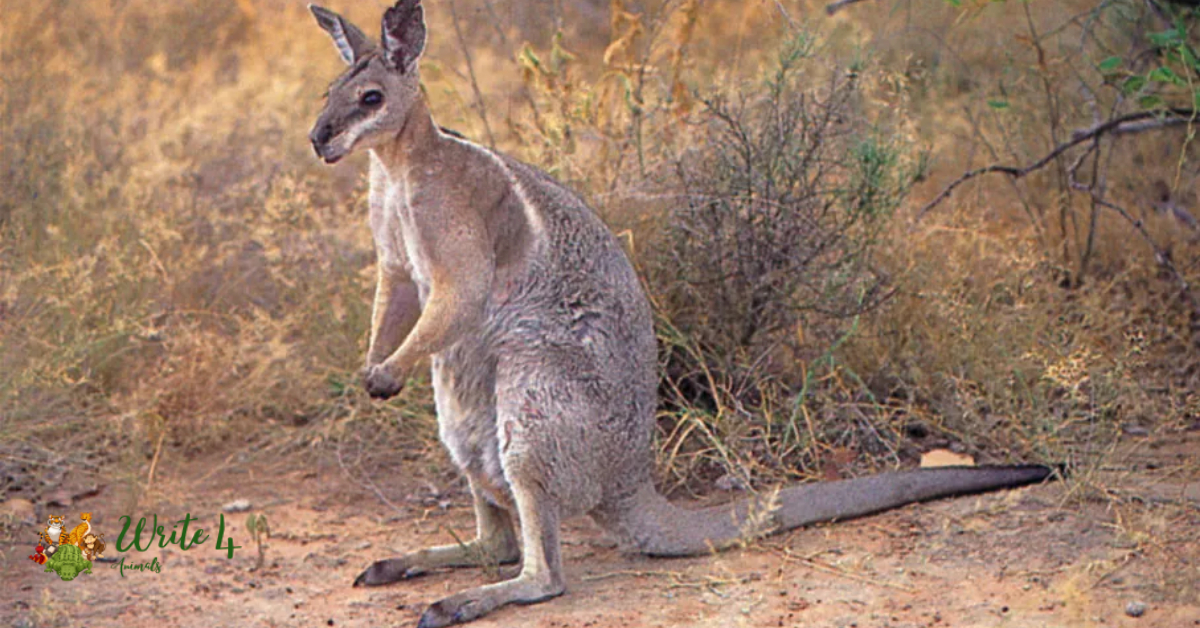
These herbivores have strong hind legs, allowing them to cover considerable distances with impressive leaps. Wallabies are social animals, often forming small groups known as mobs. Their pouches, like those of kangaroos, are used for carrying and protecting their undeveloped young, known as joeys.
Wallabies play a vital role in shaping the ecosystems they inhabit through their feeding habits, contributing to plant seed dispersal. However, they face challenges such as habitat loss and competition with introduced species. Conservation efforts are crucial to ensure the survival of these iconic Australian marsupials.
6. Saola
The Saola, often dubbed the “Asian Unicorn” due to its elusive nature, is a rare and critically endangered species found in the Annamite Range of Vietnam and Laos. With distinctive long, straight horns and striking facial markings, the Saola is a remarkable and seldom-seen creature.
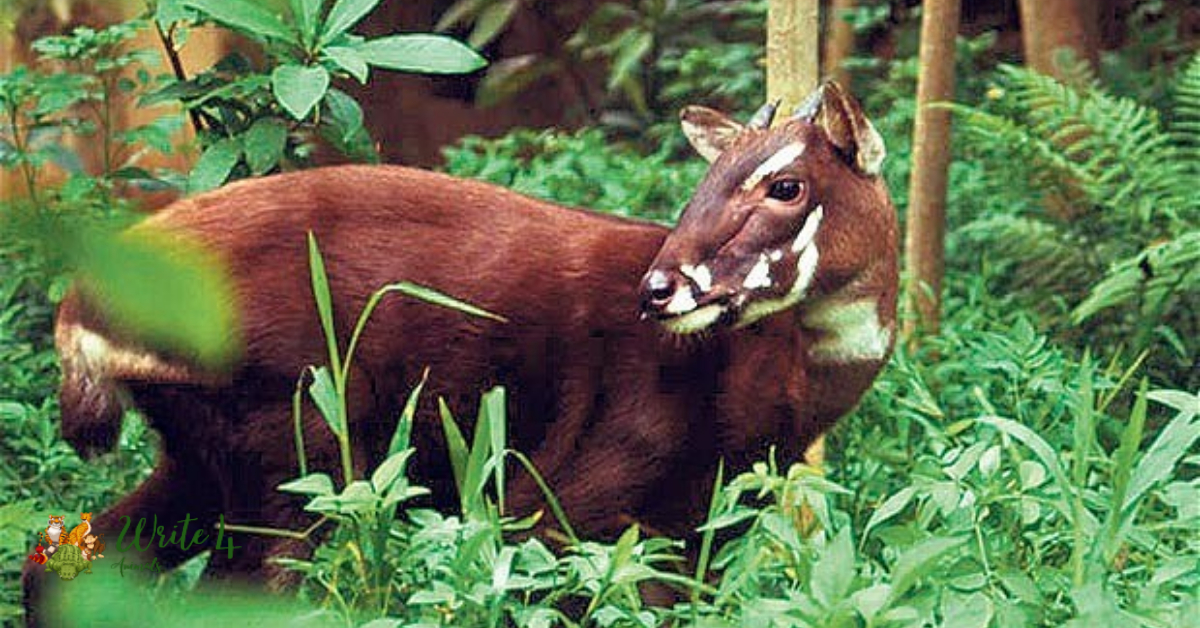
Saolas are herbivores, inhabiting dense, evergreen forests and feeding on leaves, buds, and fruits. The remoteness of their habitat and their elusive behavior make them a challenging species to study and protect.
Habitat loss, hunting, and the impact of livestock pose severe threats to the Saola population. Conservation efforts, including habitat preservation and community engagement, are crucial to ensuring the survival of this enigmatic and endangered species.
7. Okapi
The Okapi (Okapia johnstoni) is an elusive and captivating mammal native to the dense rainforests of the Ituri in the Democratic Republic of the Congo. Often referred to as the “forest giraffe” due to its unique appearance, the Okapi is a distant relative of the giraffe. With a dark brown coat, striking horizontal white stripes on its hindquarters, and a lengthy, prehensile tongue, the Okapi is a true enigma of the African rainforest.
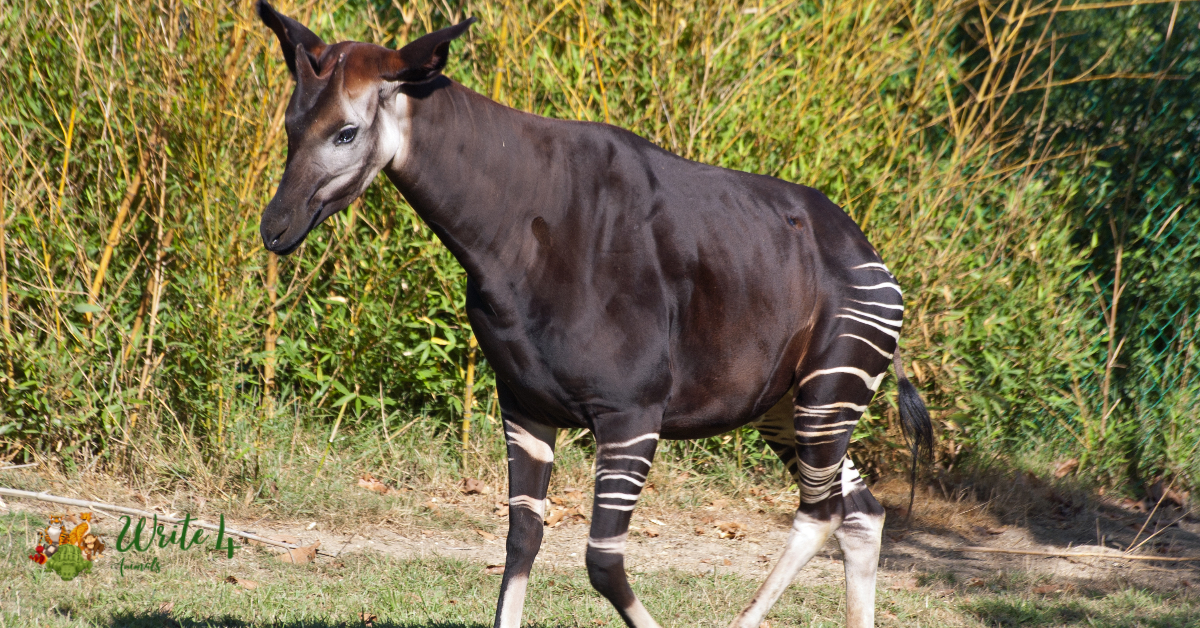
Despite its giraffe-like appearance, the Okapi has a shorter neck and is adapted to a more solitary and elusive lifestyle. Their large ears are sensitive to sounds in the dense forest, and their long tongue is essential for reaching and stripping leaves from trees and bushes.
Okapis face threats from habitat loss, poaching, and political instability in the region. Conservation efforts are critical to protecting these unique creatures and preserving the biodiversity of the Congo rainforest.
8. Kori Bustard
The Kori Bustard (Ardeotis kori) is a striking bird native to the open grasslands and savannas of sub-Saharan Africa. As the heaviest flying bird native to the continent, the Kori Bustard is recognized for its impressive size, distinctive plumage, and courtship displays. Males, in particular, have striking black and white markings on their wings and a colorful neck sac that inflates during displays.
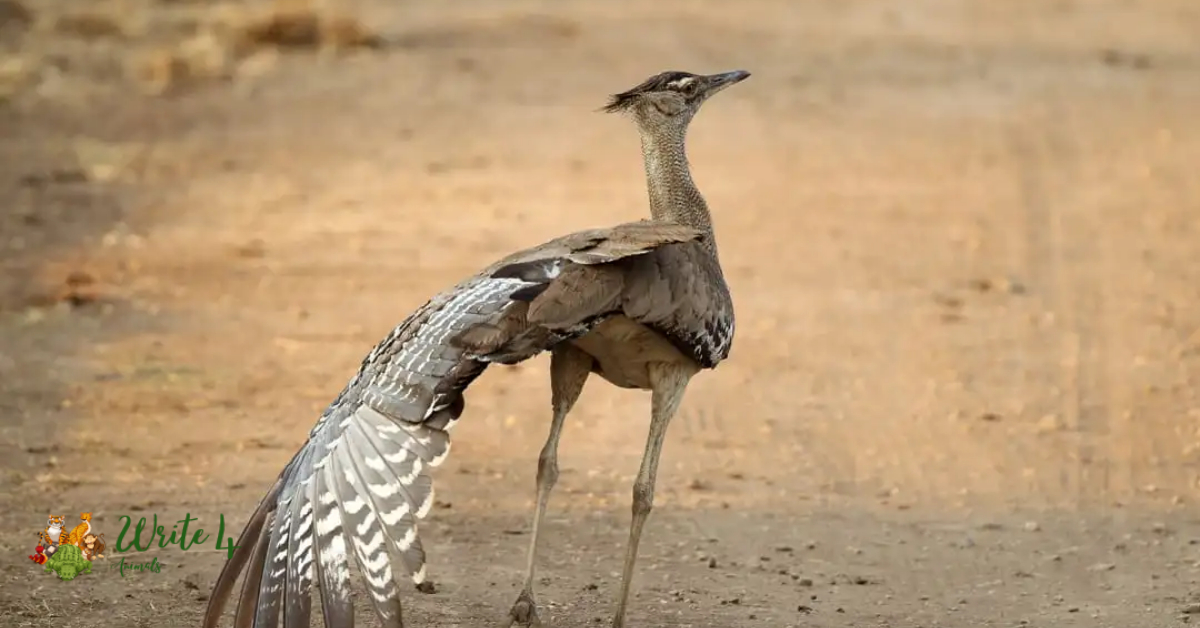
Kori Bustards are ground-dwelling birds, utilizing their strong legs for walking and running across expansive landscapes in search of food. Their omnivorous diet includes a variety of insects, small mammals, reptiles, and plant matter. These birds are also known for their ability to go without water for extended periods, obtaining sufficient moisture from their diet.
Despite their adaptability, Kori Bustards face threats from habitat loss, hunting, and collisions with power lines. Conservation efforts are essential to protect their habitats and address the challenges these iconic birds encounter in the wild.
9. Giraffe
The Giraffe (Giraffa camelopardalis) stands tall as the world’s tallest land animal, known for its long neck and distinctive spotted coat. Found in various habitats across sub-Saharan Africa, giraffes are graceful herbivores that roam savannas and open woodlands.
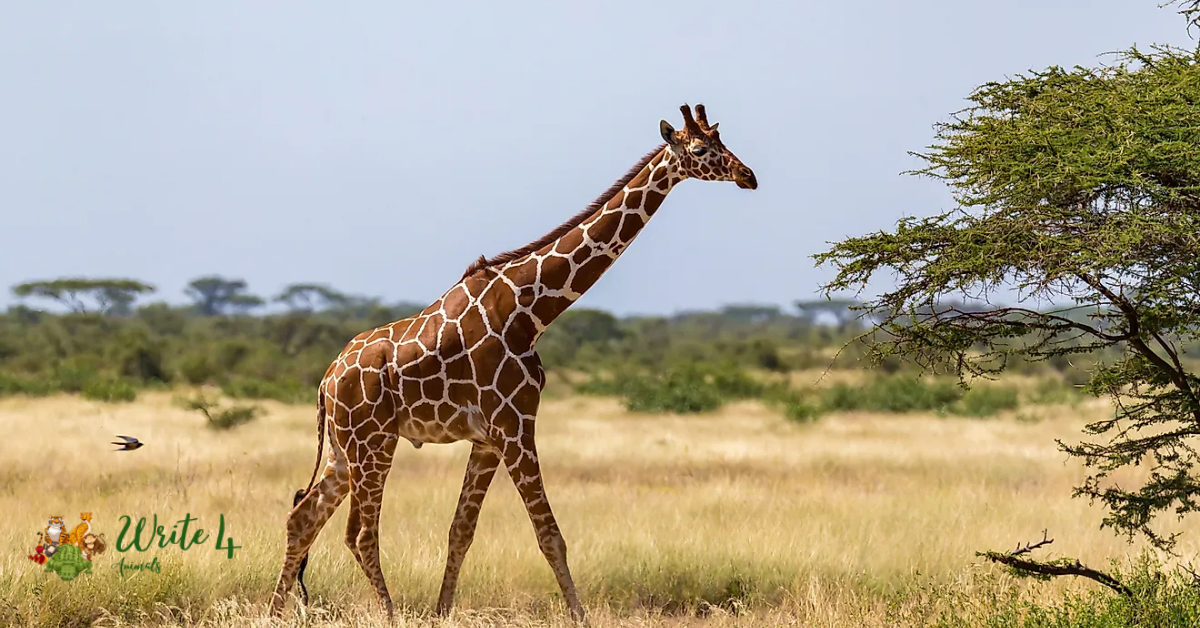
Giraffes are well adapted to their towering stature, with long necks allowing them to reach high branches and a unique cardiovascular system that prevents blood flow issues when bending down to drink. Their distinctive coat patterns are as individual as human fingerprints, and each giraffe’s markings are unique.
Despite their iconic status, giraffes face threats from habitat loss, poaching, and population fragmentation. Conservation efforts aim to protect these gentle giants and ensure their survival in the wild. Giraffes symbolize the beauty of Africa’s landscapes and the importance of preserving its diverse ecosystems.
10. Flamingo
Flamingos are iconic wading birds known for their vibrant plumage, long necks, and distinctive beaks. While several species of flamingos exist, the Greater Flamingo (Phoenicopterus roseus) is one of the most recognizable. These striking birds inhabit various wetland habitats, including salt flats, lagoons, and estuarine areas.
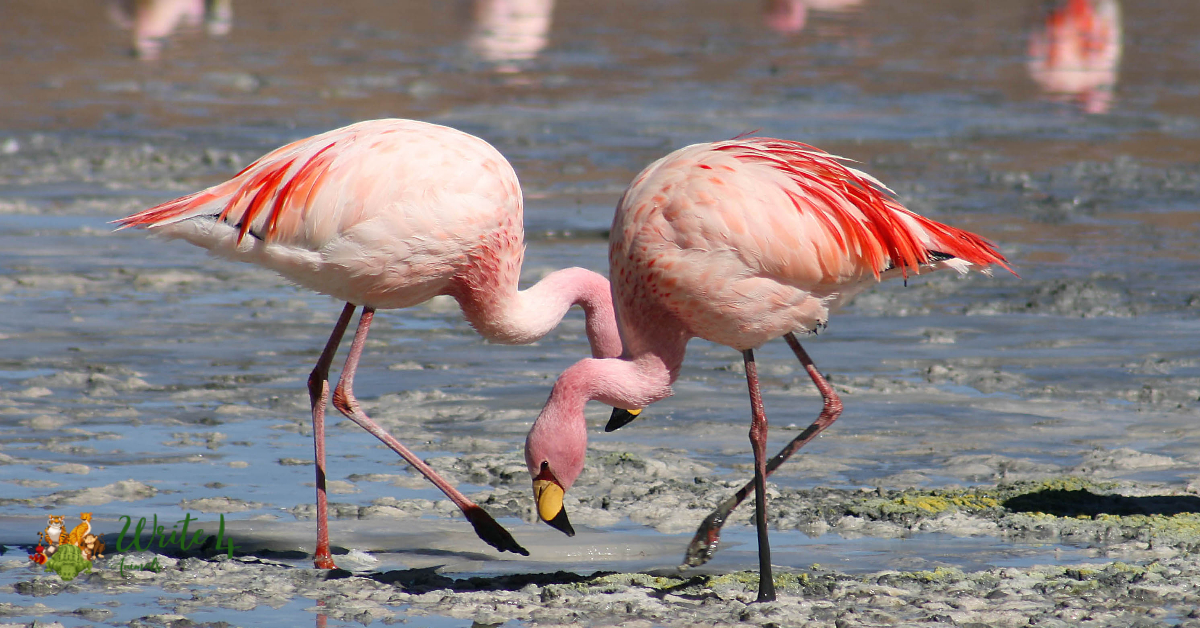
Flamingos are famous for their pink coloration, which is a result of pigments in the foods they consume, such as algae and crustaceans rich in carotenoids. Their uniquely shaped bills are adapted for filter-feeding, allowing them to extract tiny organisms from the water.
Flamingos are highly social birds, often found in large colonies. Their synchronized group movements and elaborate courtship displays are a sight to behold. However, these beautiful birds face threats from habitat loss, pollution, and disturbance to their breeding sites. Conservation efforts aim to preserve their habitats and mitigate human-induced impacts to ensure the continued existence of these graceful wading birds.
11. Antelope Jackrabbit
The Antelope Jackrabbit (Lepus alleni), also known as Allen’s Jackrabbit, is a large hare species native to the southwestern United States and northern Mexico. Known for its impressive speed and agility, the Antelope Jackrabbit has long ears and powerful hind legs, resembling a cross between an antelope and a rabbit.

Adapted to arid and semi-arid environments, Antelope Jackrabbits are skilled at avoiding predators through their swift running and leaping abilities. Their large ears serve a dual purpose, helping regulate body temperature and detect potential threats from a distance.
While Antelope Jackrabbits are not considered endangered, they face habitat loss due to urbanization and agricultural expansion. Their survival depends on preserving the diverse ecosystems they inhabit and ensuring that human activities are sustainable and considerate of wildlife habitats.
12. Dhole
The Dhole (Cuon alpinus), also known as the Asiatic wild dog or Indian wild dog, is a highly social and adaptable carnivore found in diverse habitats across Asia. Recognizable by its reddish-brown coat and bushy tail, the Dhole is known for its cooperative hunting strategies and vocal communication.
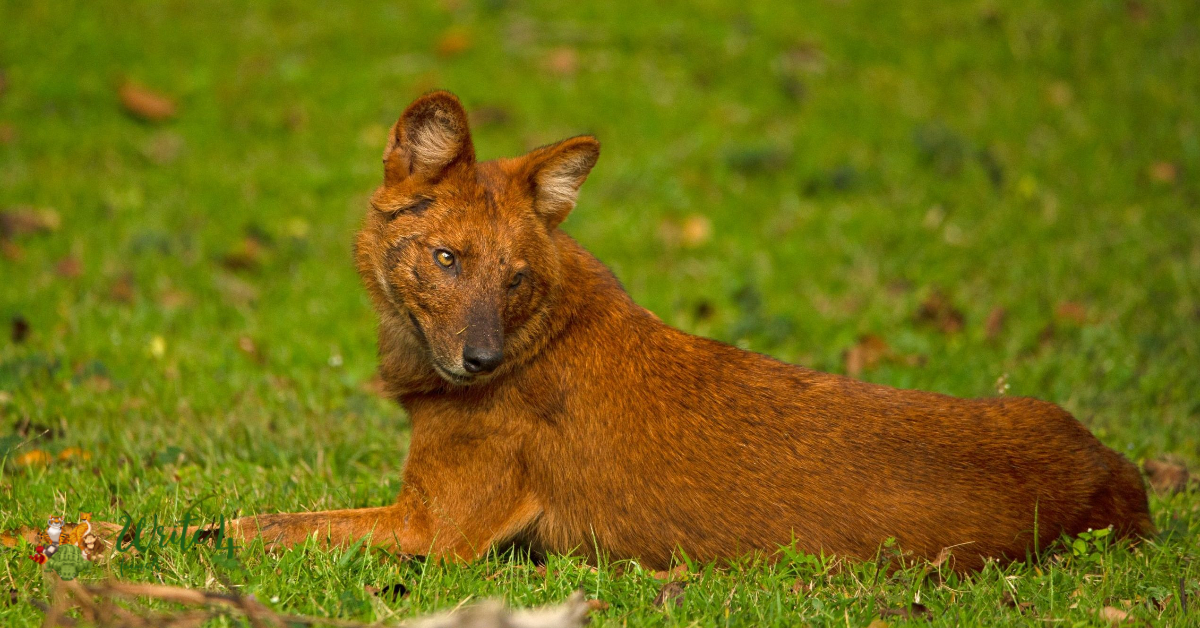
Living in tight-knit packs, Dholes are efficient predators that can take down prey much larger than themselves. Their social structure and communication methods, including whistles and screams, contribute to their success as hunters and their ability to defend territory.
Despite their adaptability, Dholes face threats from habitat loss, fragmentation, and conflicts with humans. Conservation efforts aim to address these challenges and protect the remaining populations of this unique and endangered canid species.
Frequently Asked Questions
[sc_fs_multi_faq headline-0=”h4″ question-0=”Why are some animals naturally skinny?” answer-0=”Animals may be naturally skinny due to evolutionary adaptations to their environments. Some species have slender builds for agility, energy efficiency, or specialized hunting and foraging techniques.” image-0=”” headline-1=”h4″ question-1=”Do all skinny animals face the same challenges in the wild?” answer-1=”No, challenges vary depending on the species and their habitats. While some skinny animals may face threats from predators, others might struggle with finding enough food or dealing with changing environmental conditions.” image-1=”” headline-2=”h4″ question-2=”Are there health concerns for skinny animals?” answer-2=”In many cases, the slender build of animals is well-adapted to their natural lifestyles. However, factors like malnutrition, disease, or habitat destruction can negatively impact their health and overall well-being.” image-2=”” headline-3=”h4″ question-3=”How do skinny animals survive in the wild?” answer-3=”Skinny animals often have unique adaptations that help them survive. This can include enhanced speed and agility for evading predators or specialized feeding strategies to efficiently locate and consume food.” image-3=”” headline-4=”h4″ question-4=”What is the role of skinny animals in their ecosystems?” answer-4=”Skinny animals, like any other species, play vital roles in maintaining ecological balance. They contribute to controlling prey populations, dispersing seeds, and influencing vegetation dynamics in their respective habitats.” image-4=”” headline-5=”h4″ question-5=”Are there conservation concerns for skinny animals?” answer-5=”Yes, many skinny animals face conservation challenges. Habitat loss, climate change, poaching, and human-wildlife conflict are common threats that can affect their populations. Conservation efforts are essential to protect and preserve these species.” image-5=”” headline-6=”h4″ question-6=”How can I contribute to the conservation of skinny animals?” answer-6=”Individuals can contribute by supporting conservation organizations, staying informed about the challenges faced by skinny animals, promoting sustainable practices, and respecting wildlife habitats.” image-6=”” headline-7=”h4″ question-7=”Are skinny animals always fast runners?” answer-7=”While many skinny animals, like cheetahs and greyhounds, are indeed fast runners, it’s not a universal rule. The body structure of skinny animals is often adapted to their specific needs, which may include agility for hunting, climbing, or swimming.” image-7=”” headline-8=”h4″ question-8=”Do skinny animals have different dietary requirements?” answer-8=”Yes, the dietary requirements of skinny animals can vary widely. Some may have specialized diets focused on specific prey or vegetation, while others might be generalists that consume a variety of foods to meet their nutritional needs.” image-8=”” headline-9=”h4″ question-9=”Can captivity affect the health of naturally skinny animals?” answer-9=”Captivity can impact the health of skinny animals, especially if their unique dietary and environmental needs are not adequately met. Proper care and understanding of their natural behaviors are essential for their well-being in captivity.” image-9=”” count=”10″ html=”true” css_class=””]
Also Read
1. 50+ Animals that Start with Letter X With Pictures
2. Top 12 white birds with long beaks
